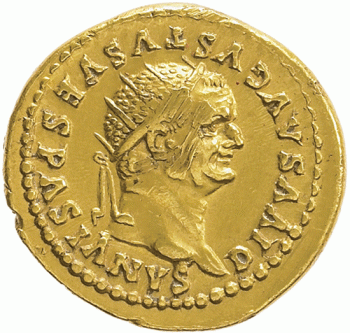American Journal of Archaeology | The Journal of the Archaeological Institute of America
You are here
Who was Diva Domitilla? Some Thoughts on the Public Images of the Flavian Women
January 2010 (114.1)
Who was Diva Domitilla? Some Thoughts on the Public Images of the Flavian Women
During the principates of Titus and Domitian, three women figure prominently in imperial coinage and sculpture: Titus’ daughter, Julia; Domitian’s wife, Domitia Longina; and a woman named Domitilla, who had died before the Flavians came to imperial power but who was deified early in the principate of Domitian. The identity of this third figure remains controversial. Both Titus’ mother and his sister bore that name, and both died before Vespasian became emperor. Numismatic evidence, on one hand, points to the mother of Domitian as the diva. Statius’ Silvae (1.1), on the other hand, appears to indicate that Domitian’s sister, rather than his mother, was the one who received consecration. Kienast and Hahn have advanced a plausible argument that Statius does not refer to either of these women in his poem but instead to the deified Julia, daughter of Titus. I argue that Diva Domitilla is Vespasian’s wife, the mother of Titus and Domitian. Her purely symbolic but significant role in official propaganda contrasts with the living women of Domitian’s principate, Domitia Longina and Julia Titi, both of whom held the title of Augusta and were perceived to be rivals for power and for the affections of the emperor. Domitian’s efforts to honor them equally and to present a public image of a harmonious imperial family provide a classic example of propaganda that failed.
Who was Diva Domitilla? Some Thoughts on the Public Images of the Flavian Women
By Susan Wood
American Journal of Archaeology Vol. 114, No. 1 (January 2010), pp. 45–57
DOI: 10.3764/aja.114.1.45
© 2010 Archaeological Institute of America


